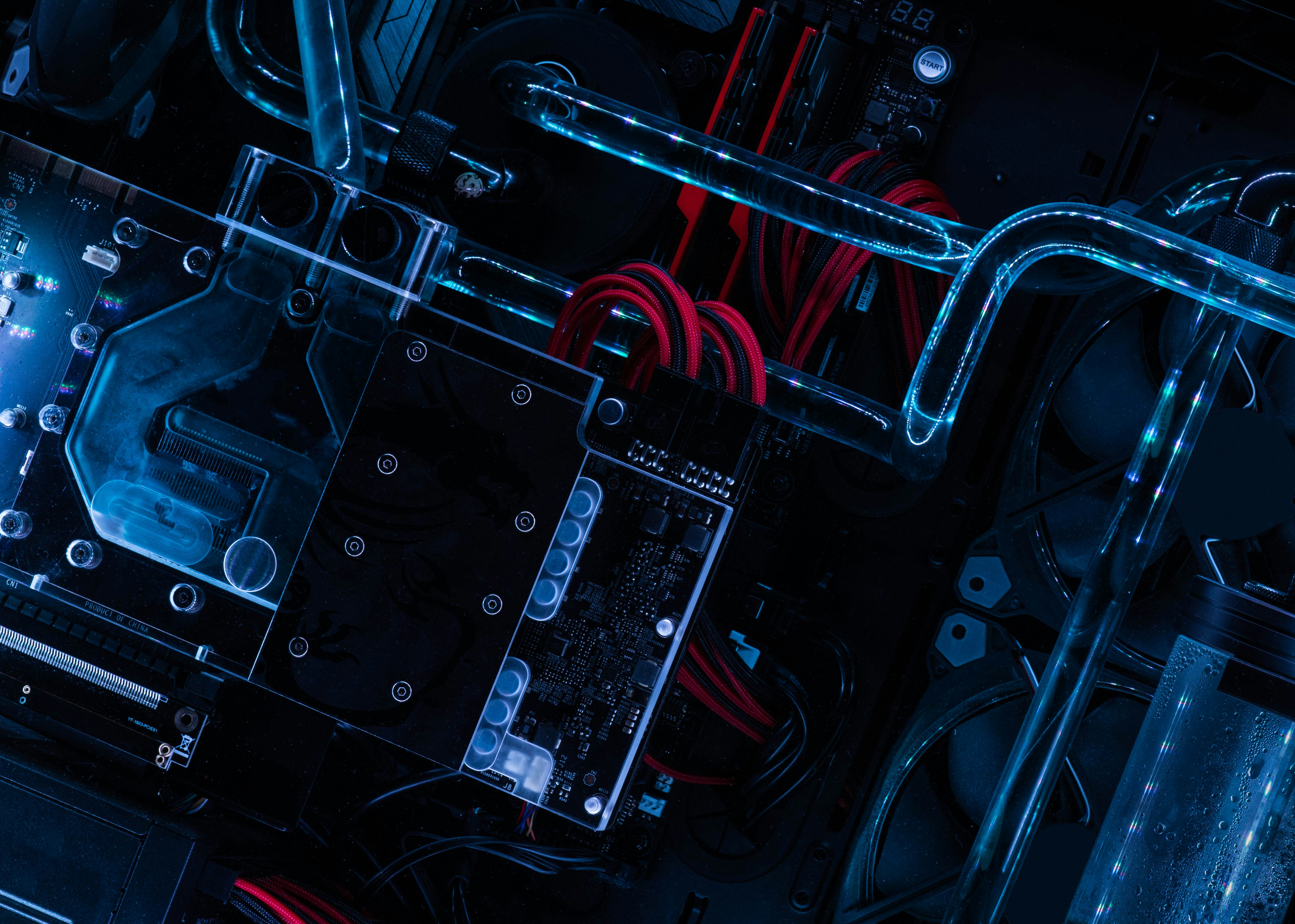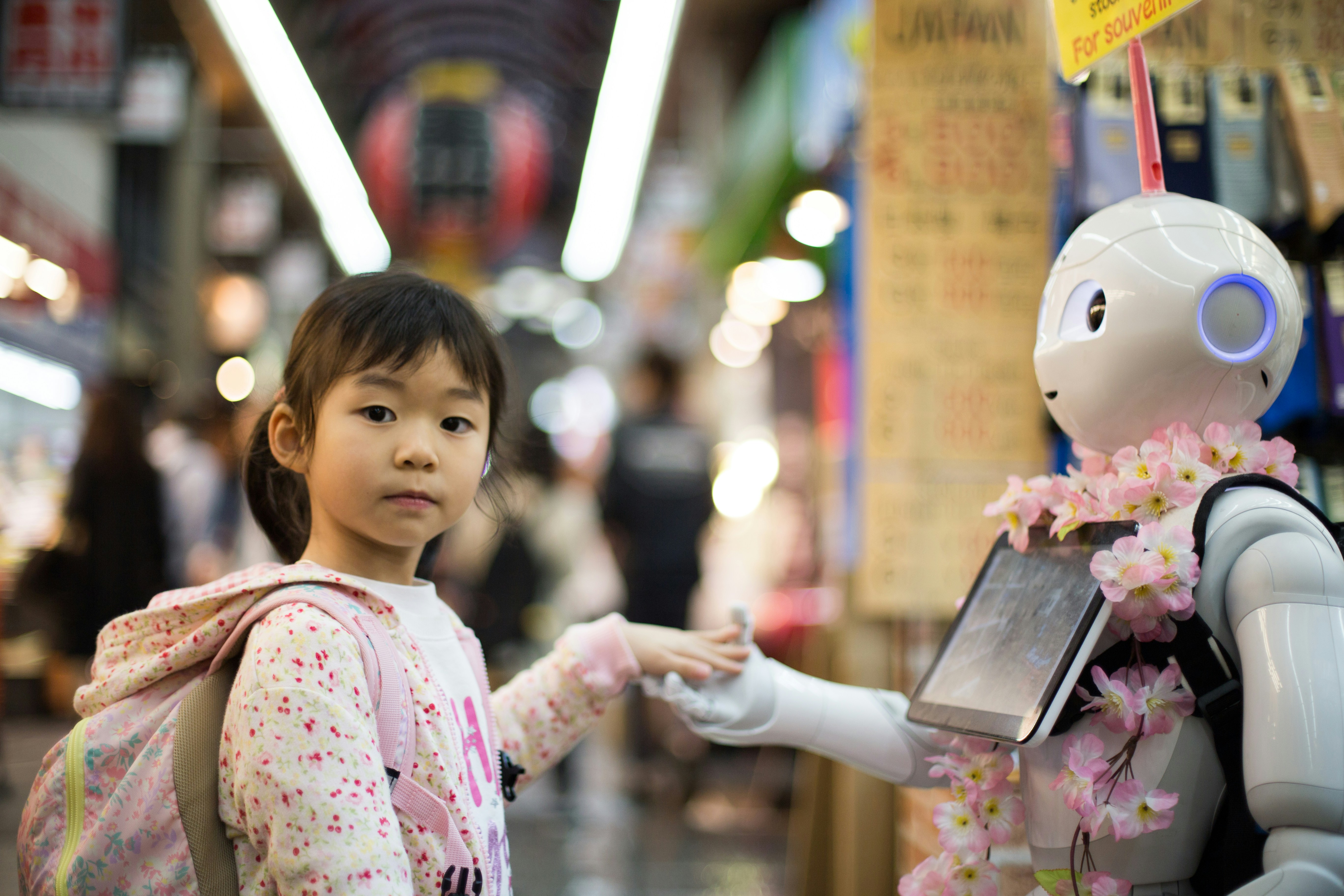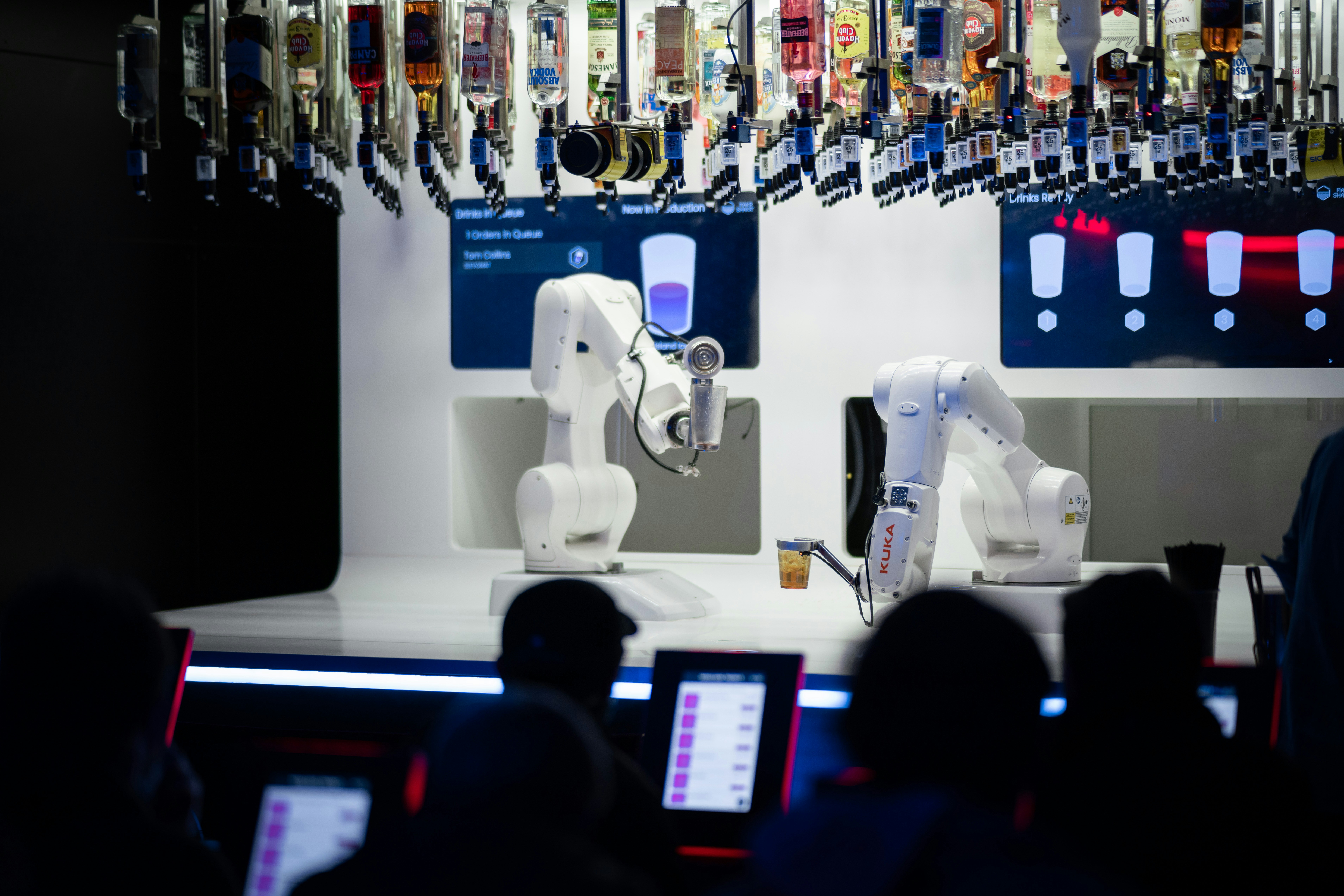
The Future of Robotics Jobs: Careers That Don’t Exist Yet
Robotics has shifted from science fiction to reality. Machines that once only appeared in novels or films are now operating on factory floors, delivering parcels, assisting surgeons, and even exploring Mars. Robotics is no longer a niche discipline—it is a cornerstone of the fourth industrial revolution.
Globally, the robotics market is forecast to grow into the hundreds of billions within the next decade. In the UK, the sector is increasingly important to economic growth, productivity, and national strategy. From the Bristol Robotics Laboratory to the Edinburgh Centre for Robotics, the country is home to pioneering research. Start-ups in London and Cambridge are working on drones, service robots, and medical robotics, while multinational companies base their advanced engineering centres in the UK.
Government investment is supporting the development of autonomous systems, with robotics identified as a priority in the UK’s Industrial Strategy. With applications in aerospace, agriculture, defence, logistics, healthcare, and space, robotics has the potential to transform how people live and work.
And yet, we are still only in the early stages. As robotics converges with artificial intelligence (AI), machine learning, edge computing, advanced materials, and biotechnology, entirely new careers will appear. Many of the most impactful robotics jobs of the future don’t exist yet.
This article explores why robotics will create new jobs, the roles most likely to appear, how current positions will evolve, why the UK is well positioned, and what professionals can do to prepare now.
1. Why Robotics Will Create Jobs That Don’t Yet Exist
1.1 Rapid Technological Advances
Robotics is advancing thanks to breakthroughs in AI, natural language processing, and computer vision. Machines are now capable of adapting to their environment, recognising objects, and even understanding voice commands. Each leap forward creates demand for new roles that did not previously exist. For instance, as robots learn to interact socially, specialists will be required to design behaviour protocols and ensure safe interactions.
1.2 Convergence with Other Disciplines
Robotics is no longer siloed. It overlaps with:
Biotechnology: prosthetics and exoskeletons that restore mobility.
Materials science: soft robotics that use flexible materials to mimic living organisms.
Quantum computing: enabling optimised control algorithms and faster learning.
Cloud and edge computing: connecting robots to distributed intelligence for real-time responses.At these intersections, entirely new roles will emerge, demanding hybrid expertise.
1.3 Demographic Change and Healthcare Demand
An ageing population requires new healthcare solutions. Robotics will support elderly people at home, deliver hospital supplies autonomously, and assist with surgeries. Careers in care robotics, safety certification, and robotic health coaching will be vital.
1.4 Industry 4.0 and Smart Manufacturing
Manufacturing is increasingly automated, with robotics at its core. But as factories evolve into smart, connected systems, jobs will shift from manual assembly to designing, supervising, and optimising robot fleets.
1.5 Ethical and Regulatory Considerations
Robots are moving into public and private spaces—from driverless cars to drone deliveries. With this comes the need for ethical frameworks and legal oversight. Careers in governance, policy, and compliance will ensure robots are deployed safely and responsibly.
2. Future Robotics Careers That Don’t Yet Exist
Here are ten forward-looking robotics roles likely to emerge within the next 10–20 years:
2.1 Human–Robot Interaction Designer
As robots become colleagues, caregivers, and companions, specialists will design intuitive interaction systems. These professionals will ensure robots communicate naturally, recognise social cues, and work comfortably alongside people in hospitals, offices, and homes.
2.2 Bio-Robotics Engineer
The fusion of robotics and biology will generate roles for engineers creating prosthetics, implants, and devices controlled directly by neural signals. Bio-robotics engineers will help disabled individuals regain mobility and design next-generation assistive technologies.
2.3 Swarm Robotics Coordinator
Fleets of autonomous robots—whether drones delivering parcels, agricultural robots planting crops, or warehouse bots managing logistics—require coordination. Coordinators will design algorithms and control systems that allow swarms to operate safely and efficiently.
2.4 Robotic Ethics Officer
With robots embedded in society, ethics officers will ensure deployments respect human rights, safety, and cultural values. They will assess risks, advise regulators, and act as watchdogs for responsible innovation.
2.5 Robotic Systems Cyber Security Specialist
As robots become networked, they are vulnerable to cyber-attacks. Cyber security specialists will defend robots against threats, protect data, and ensure resilience in mission-critical settings such as healthcare or defence.
2.6 Soft Robotics Designer
Soft robotics uses flexible, adaptive materials to create machines capable of gentle movements. Designers in this role will develop robots for handling delicate biological tissue in surgery or working with fragile objects in manufacturing.
2.7 Autonomous Vehicle Robotics Engineer
Specialists will integrate robotics into self-driving cars, drones, and autonomous ships. These roles will focus on navigation, obstacle avoidance, and safety frameworks for transport robotics.
2.8 Robotic Data Trainer
Just as AI needs data, robots require experience. Trainers will curate datasets, run simulations, and design training protocols to teach robots safe and effective behaviour.
2.9 Disaster Response Robotics Specialist
Robots capable of entering hazardous environments—such as collapsed buildings, nuclear sites, or wildfire zones—will require specialists to design, deploy, and coordinate them.
2.10 Space Robotics Engineer
Space exploration and off-world construction will rely heavily on robots. Engineers will design rovers, mining bots, and robotic builders for lunar and Martian environments.
3. How Today’s Robotics Roles Will Evolve
3.1 Robotics Engineer → Robotics Ecosystem Architect
Today’s robotics engineers often work on individual machines. In future, they will design entire ecosystems where robots, AI, and IoT devices work together across industries.
3.2 Automation Technician → Robotic Maintenance Strategist
Technicians will move from repairing hardware to overseeing predictive maintenance systems that use digital twins and AI analytics to forecast faults.
3.3 AI Engineer → Cognitive Robotics Specialist
AI engineers will embed adaptive reasoning and decision-making into robots, giving them greater autonomy.
3.4 Mechanical Engineer → Soft Robotics Developer
Mechanical engineers will shift towards designing bio-inspired machines that use flexible structures and materials.
3.5 Industrial Designer → Human-Centred Robotics Designer
Industrial designers will create robots that are ergonomic, socially acceptable, and safe to use in everyday environments.
3.6 Cyber Security Analyst → Robotic Threat Analyst
Security analysts will adapt their skills to focus on autonomous machines, preventing malicious interference and data theft.
3.7 Operations Manager → Robotic Deployment Strategist
Managers will move from supervising human teams to orchestrating human–robot collaboration, scaling robotics across operations.
4. Why the UK Is Well-Positioned for Future Robotics Jobs
4.1 Strong Research Foundations
Institutions such as the Bristol Robotics Laboratory, Edinburgh Centre for Robotics, and Imperial College London are world leaders in robotics research, producing a pipeline of skilled graduates.
4.2 Thriving Start-Up Ecosystem
The UK is home to start-ups working on drones, warehouse robotics, healthcare robots, and AI-powered automation. Cambridge and London are major hubs.
4.3 Government Backing
The UK government has invested heavily in robotics through innovation grants and targeted funding. Robotics and autonomous systems are a priority within the national Industrial Strategy.
4.4 Cross-Sector Adoption
Robotics is spreading across manufacturing, logistics, agriculture, defence, and healthcare. For example, robotic milking systems in farming, surgical robots in hospitals, and autonomous vehicles in logistics all create diverse opportunities.
4.5 International Collaboration
The UK participates in international robotics projects, from European research programmes to space collaborations, giving its professionals access to global innovation.
5. Preparing for Robotics Jobs That Don’t Yet Exist
5.1 Build Interdisciplinary Skills
Future robotics roles will demand a mix of computer science, engineering, AI, human-centred design, and ethics. Professionals who can blend these skills will stand out.
5.2 Gain Practical Experience
Hands-on projects, robotics competitions, and open-source contributions are excellent ways to demonstrate capability. Employers increasingly value demonstrable skills over theory alone.
5.3 Master Emerging Tools
Familiarity with platforms such as ROS (Robot Operating System), reinforcement learning frameworks, and simulation environments like Gazebo will be essential.
5.4 Focus on Ethics and Trust
Professionals will need to design robots that are safe, ethical, and trusted by society. Training in ethics, psychology, and human factors will be as important as technical skills.
5.5 Emphasise Sustainability
Sustainable robotics—using recyclable materials, designing energy-efficient systems, and reducing environmental impact—will become a priority.
5.6 Join Professional Networks
Membership in organisations such as the British Automation and Robotics Association (BARA) or attending events like the UK Robotics Week provides networking opportunities and early exposure to emerging roles.
5.7 Commit to Lifelong Learning
Robotics is one of the fastest-evolving fields. Professionals must continuously update their skills, whether through postgraduate study, online courses, or industry certifications.
Mini-Conclusion Recap
Robotics is advancing rapidly, moving beyond factories into healthcare, homes, and even space. Roles like human–robot interaction designers, swarm robotics coordinators, and space robotics engineers will soon be essential. With strong research, a vibrant start-up scene, and government investment, the UK is poised to lead the next wave of robotics careers.
Conclusion
The future of robotics jobs will be defined by innovation, ethics, and collaboration. As robots become part of daily life, entirely new careers will emerge at the intersection of technology and humanity.
For professionals, the opportunity is enormous: build interdisciplinary expertise, embrace continuous learning, and be ready to adapt. The robotics jobs that don’t exist today could soon be the most exciting and impactful careers of the digital age.


